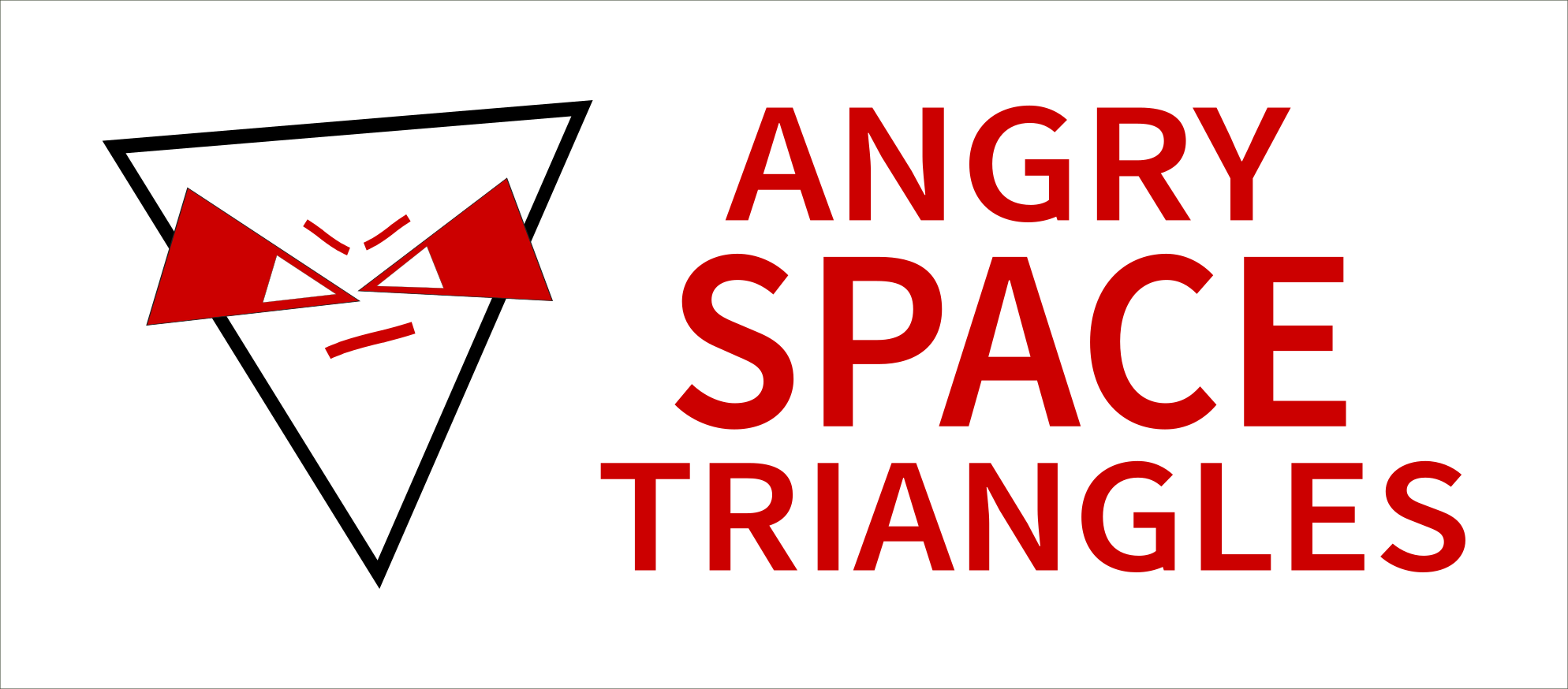Commission Information
Find out more about getting a commission
Your Requirements
Know Your Budget
The biggest constraint is usually your budget. Know roughly what you want to spend.
Your Paint Scheme
Do you have a particular paint scheme in mind?
You can ask for help working this out if you’re not sure, or commission a prototype to help develop the paint scheme.
If you have very specific and detailed requirements you should be prepared to clearly document them out.
Masterpiece or ‘Quick and Dirty’?
One way to approach a commission is to ask: “What can I get for <insert your budget here>?”
The basic table standard will be far better that most people can do themselves, so you don’t need to break the bank
You can add extra details in stage to help control costs, for example battle damage, paint chipping, and dirt / scratches
Other Considerations
The following section contains a bunch of other things to think about when getting a painting commission.
Any questions? Give us a shout!
Basing
For games like Star Wars Legion, the appearance of a model is greatly affected by the base that it is on. A simple “rock” base is often enough, especially if the rock colour contrasts with the miniature’s paint scheme.
People often build an army or miniature collection with a common theme for their bases, for example, they all have snowy base representing the environment of the planet Hoth from The Empire Strikes Back
Cleaning
Most models have some kind of production defect – for example, mould lines. 3D printed models will alomst always benefit some additional cleaning.
If your models have a non-trivial amount of cleaning required, this may add to the time to the project.
Not all defects have to be removed, however. Some people just want to get them painted – this is especially true when painting to the a Tabletop Standard.
Pre-assembled models
Pre-assembled models typically take longer to paint and may result in painting defects due to hard-to-reach areas.
However, assembling models will significantly reduce the costs. A set of 7 Star Wars Legion miniatures might take 2 hours to remove from their sprues, clean and glue together.
There is a risk that models get minor damage or pieces lost during assembly. Assembly cost effectively insure against this risk.
Batching-up
Painting many of the same type of miniature at once can often reduce the cost of painting them slightly.
Large models (eg, vehicles)
Usually larger models take more time and paint, but this is not always the case as often large flat panels can be done with bigger brushes.
Vehicles also offer much more opportunity for the use of decals, adding paint chips and other distressing, and are often focal points of an army or collection, so usually warrant more time and attention.
Complex models
Some models are naturally more time-consuming to paint. For example, models with faces take longer than models that have helmets or hats that cover the face.
Games Workshop’s models, for example, are often superbly details. This comes with the downside that they can take longer to paint than say, a Fantasy Flight Games Stormtrooper.
Extra Photography
One miniatures are finished, you’ll be sent some photos for your approval. Additional photos can be arranged.
Varnishing
By default, models get a single coat of a matt varnish to protect the paintwork. It may be that more varnish is required, say if you expect models to get handled more than usual.
You may also want a satin or gloss varnish on parts of the model (say, on bright white Stormtrooper armour), or all over the model.
Painting techniques
There are often a number of different ways to approach painting a miniature . Some methods are quicker than others. This especially applies to large models.
